The iPhone 17 and iPhone Air Are New (Enough)
PLUS: SpaceX's $17B Telecom Deal, Larry Ellison's $400B+ HODL.
Thanks for subscribing to SatPost.
Today, we will talk about the iPhone devices (17, Air). Looks like Apple did enough this year until it can deliver with two totally new form factors (Foldable in 2026, All-Glass in 2027), a new device (AR glasses?) and Apple UnIntelligence. Obviously, people had reactions and we gathered them.
Also this week:
SpaceX's $17B Telecom Deal
Larry Ellison’s $400B+ HODL
…and them wild posts (including Succession)
This issue of SatPost is brought to you by Bearly AI
Is your team or enterprise looking for a custom AI chat tool…
…based on your specific data, UX and business needs?
Try Bearly AI, which has been working with enterprise clients to connect their organizations with leading LLMs (Claude, ChatGPT, Grok, Gemini) including customizable UXs, API management dashboards and complete data privacy.
Hit that blue button to book a demo with our team.
As they say, an iPhone launch event is Apple’s Super Bowl. Well, Apple’s Super Bowl except if you already knew what the score would be months before the actual game (especially, now that Tim Cook & Co. pre-record the event instead of doing it live).
The $4T tech giant has been a leaky ship with its past few iPhone launches and the latest event was no different. Everyone knew weeks in advance about the specs and look of the iPhone 17 and iPhone Air.
Still, it’s one of the most fun days on tech social because it’s also the “Super Bowl for dumb iPhone memes complaining about how Apple isn’t innovating anymore” even if own most of their products:
Before we get to the memes, let me set the context with highlights from the event (The Verge has a solid 16-minute video summary):
iPhone 17: This year’s iPhone has a slightly new form factor with a redesigned back cover. The A19 Pro chip seems to be a major upgrade with potential to do cool AI stuff when Apple Intelligence doesn’t suck. The phone itself is an aluminum unibody, which is funny because Apple was hyping up titanium on iPhone 15. The back camera is better (obvi) with a bunch of new video features (the event was filmed with the camera). The front selfie cam is also a huge upgrade if you’re into that. Battery life is a 20% increase vs. iPhone 16 (meaning 30 hours for iPhone 17 and up to 39 hours on iPhone 17 Pro Max video playback, which is perfect for anyone trying to watch the entire Lord of the Rings trilogy back-to-back-to-back-to-back uninterrupted). Apple is sticking to the same base starting price ($799) but a fully-souped up Pro Max will be the most expensive iPhone ever ($1,999) and all editions will have a 6.3-inch screen.
iPhone Air: The thinnest iPhone ever at 5.6 mm and weighing only 165 grams. There were a lot of posts saying “this thing will break in my skinny jeans” and Apple tried to head it off by demo-ing in the video by dropping the phone and flexing the Ceramic Shield on the front and back of the device. I would personally not try that. Due to the thin profile, the battery understandably takes a hit relative to iPhone 17 (27 hours playback). Camera is not as good. Hilariously, Apple is selling a special Air battery pack, which kinda defeats the whole purpose of thin-ness. But, the computing power with A19 Pro chip is very impressive (“This is MacBook Pro levels of compute in an iPhone,” is Apple’s pitch). TBH, the 6.5-inch phone is nice AF.
Apple Watch: I bought the entry-level Apple Watch in 2021 and could not get into it because of the daily charging. So, I don’t know much about the device. The internet seems to be pretty excited about the new line-up, though. Apple had to stop shipping a blood-oxygen sensor for a few years over a patent dispute but found a software workaround (you can check the stats on your iPhone). Also, the new Watch Series 11 has a new 24-hour battery life. It also offers new hypertension (blood pressure) notifications, sleep scores and satellite messaging. SE 3 starts at $249 and Series 11 starts at $399.
AirPods Pro 3: This was probably the most obvious “worth buying” upgrade for me including a very baller feature: live translation, which may single-handedly redeem Apple Intelligence (Apple showed a woman walking through a foreign market, which is an obvious use case and I’ll be using it liberally on travels to hear local merchants joke about how bad I am at negotiating). There’s also an AirPods-to-AirPods live translation feature. Other features include 2x active noise-cancelation, heart rate sensing and 8 hours of battery life (1+ hour improvement from Pro 2). It also has the same starting price as AirPods Pro 2 ($249), which is dope.
My summaries are probably underplaying Apple’s design chops here.
Long-time Apple observer Om Malik highlights the hardware breakthroughs on the chip and battery life:
That new A19 Pro chip with its desktop-class GPU capabilities, the vapor chamber cooling system borrowed from desktop engineering, the Ceramic Shield that’s now 50% tougher? This isn’t sexy stuff you can Instagram, but it’s the engineering excellence that keeps Apple ahead, for now at least, when it comes to hardware.
The silicon team at Apple remains the pointy end of the spear. The A19 Pro, with its 6-core CPU and 6-core GPU featuring built-in Neural Accelerators, delivers up to 40% better sustained performance than the A18 Pro. This isn’t just another chip — it’s the foundation that makes everything else possible on the iPhone 17.
As I said on Twitter, “Apple Silicon keeping Apple relevant. Let just apps enjoy this ‘edge AI’ power. Let others build the AI. You focus on devices and chips, Apple.” Desktop-level GPU on a phone? Check. 35% better energy efficiency? Check. The computational power to run on-device AI without burning through your battery? Check and mate. […]
The new iPhone 17 Pro only proves that they are the only company that will spend hundreds of millions to build a new cooling gizmo for the phone [per Apple copy]: “The new internal architecture features an Apple-designed vapor chamber to enhance heat dissipation and performance. Deionized water is sealed inside the vapor chamber, which is laser-welded into the aluminum chassis to move heat away from the powerful A19 Pro, allowing it to operate at even higher performance levels. The heat is carried into the forged aluminum unibody, where it is distributed evenly through the system, managing power and surface temperatures.”
Most companies do vaporware. Apple does vapor chambers.
Technically, Apple did ship vapourware with Apple Intelligence but its hardware and software melding is as buttoned-up as ever it seems (turns out aluminum dissipates heat much better than titanium)...and they're probably going to to sell 200m iPhones in the next year.
Tim Cook did open the keynote with a Steve Jobs quote, “Design is not just what it looks like and feels like. Design is how it works.”
The iPhone Air is kicking off three straight years of new iPhone form factors (some mock-ups here):
Next year is supposed to be Apple’s first foldable iPhone while the year after will be a special 20th anniversary all-glass edition (you’re going to want the Apple Care on that one).
I’m personally holding out for the iPhone Fold and — after seeing the top-tier iPhone 17 Pro Max price at $1,999 — I will have to scale back some of my Uber Eats Banh Mi purchases for the inevitable $2,500 price hit.
Even as the smartphone has reached an end-state form factor, the Foldable and All-Glass versions seem likely to drive an upgrade super cycle…especially if Apple can figure out its AI plan (there are a lot of rumors but Apple probably won’t say anything until 2026’s WWDC because it really needs to button up the new Siri and whoever it picks from Gemini/Anthropic/OpenAI as a partner after its previous Apple Intelligence vapourware snafu).
While AAPL stock was down 3% after the keynote, analyst Gene Munster expects the iPhone 17 and Air to perform quite well. Both are new form factors, which means 70% of iPhones sold over the next year will be a different design that Apple has mostly held since the iPhone X in 2017:
[What matters] most is that both the Air and Pro introduce eye-catching new hardware designs. For many iPhone buyers, the phone is a reflection of their personal brand, and when it is obvious you have the latest and greatest, that becomes a selling point. […]
When the iPhone 6 and 6 Plus launched in September of 2014, with larger 4.7-inch and 5.5-inch displays compared to the iPhone 5’s 4-inch, it powered a super cycle. iPhone revenue in FY14, the iPhone 5 cycle, grew 12% year over year. The 6 and 6 Plus drove revenue up 52% in FY15.
The presence of the iPhone Air also allows Apple to really make the Pro a Pro (with top-tier features but maybe not the nicest) and fiddle with its prices:
Apple raised pricing efficiently through subtle changes:
The new Air came in at $999, above expectations of $899.
They eliminated the $999 128GB Pro, making the entry point $1,099 for 256GB. In theory, this is a price hike, but in practice, most Pro buyers already opted for 256GB, so the impact is minimal.
The biggest pricing leverage will come from buyers who would have taken the $799 iPhone 17 but stretch to get the $999 Air. This dynamic is similar to last year, when the iPhone 16 started at $799 and Pro models at $999, the difference now is the intrigue of a fresh form factor.
Whether or not the upcoming iPhone sales get a material volume boost, I saw a number of people make a similar observation on the iPhone Air design: Apple did some manufacturing magic to squish all of the sensors, chips, cameras etc into the camera “plateau” (absolute masterstroke by Apple to rename the “camera bump” BTW).
Sure looks like Apple is practicing how to mass manufacture another piece of hardware that people usually wear on the bridge of their noses.
Greg Isenberg nails it:
i don’t think anyone asked for a thinner iphone, but yesterday we got one.
my take is apple is training their suppliers by going thinner.
get foxconn to master thinner batteries, smaller parts, tighter tolerances so when they launch AR glasses, the ecosystem already knows how to make it at scale.
the world's thinnest iphone was for suppliers, not us. sometimes you ship a product to prepare your ecosystem for the bet you actually care about tomorrow.
Ah damnit, the Apple AR glasses are going to be awesome aren’t they? Will have to get ahead of those by scaling back the DoorDash Banh Mis too.
Somewhat ironically, stuffing everything into the camera plateau leads to…visual hilarity:
Either way, this wouldn’t be the first time that an Air product leaked into other Apple devices, as explained by Bloomberg’s Mark Gurman aka The Apple Whisperer:
In short, the new iPhone Air may be a cool piece of technology (or “awe dropping,” to quote Apple’s event slogan), but it probably won’t be a blockbuster product. I think it will do better than the mini and Plus iPhones from recent years, but that’s a fairly low bar. Those formats never caught on with consumers.
Still, focusing on the initial success of the model probably misses the point. The 2008 MacBook Air didn’t sell particularly well either. But it set the stage for the 2010 MacBook Air, which was redesigned — with processors on par with the regular MacBook and MacBook Pro — and given a lower, $999 starting price. The rest is history, and the MacBook Air has been Apple’s top-selling Mac for at least a decade.
The 2010 MacBook Air model also led to changes with the MacBook Pro, which ended up moving to flash storage and thinner designs, and eliminating optical drives.
I predict the iPhone Air will eventually follow the same path, meaning that a device as thin and light as the iPhone Air will become the new normal. Once physics catches up, and Apple can make a thin phone that still offers Pro-level battery life, performance and cameras — the company will do just that. In other words, the iPhone Air is a preview of the future.
This makes a lot of strategic sense and probably lets Apple off the hook for fumbling the most-obvious keynote reveal possible.
HOW COULD THEY NOT BRING OUT A MANILA ENVELOPE!!
Look, I hate being that guy that says “UHHHH, WELL, STEVE JOBS WOULD HAVE” but please watch Jobs MacBook Air launch. Just perfect positioning of the product — basically spends 5 minutes back-handed complimenting a thin Sony laptop before showing the Air — and the greatest moment for the un-twirling of a red string in the history of tech.
All in all, Apple did enough this year to get the party going and to set up for an interesting next few years (Foldable, All-Glass, AR).
***
Some wild iPhone posts (including Apple’s new $60 crossbody strap, which is goofy AF but which I may have already ordered in multiple colorways):
Tim really out here selling Orange Apples (apparently the most backlogged color!!):
SpaceX $17B Spectrum Bet
Speaking of the number 17, SpaceX agreed to buy wireless spectrum from EchoStar for $17B.
How was that for a writing transition? Anyway, the deal is $8.5B cash, $8.5B SpaceX stock (at a ~$400B valuation) and payment of $2B interest on debt.
Acquiring this spectrum will further boost SpaceX's Starlink satellite business. Most of Starlink's revenue (a projected $12B in 2025) is from internet connectivity but EchoStar's spectrum allows SpaceX to really go after the direct-to-cell business (since 2020, SpaceX has put 8,000 satellites into space and ~600 of them are for a cell service).
Elon had previously gone to Apple for a satellite phone deal but it fell through. Probably not a coincidence that this announcement was made a day before the iPhone event...when Apple extended free satellite service to iPhone 14 and 15 for an extra year.
SpaceX does have a more limited deal with T-Mobile but EchoStar now gives it a ton of optionality. But it's a bit of a longer-term play. On the All-In Podcast, Elon says that device manufacturers are still two years away from having the hardware to process the EchoStar spectrum.
It's not a direct hit against traditional carriers like AT&T and Verizon because satellite and cell have different trade-offs:
Cell: Normal cell phones are typically better for everyday use with solid voice quality, lower costs but there are gaps in coverage based on positioning of cell towers. Also much better for indoor use (satellite phones usually need an extra antenna device). I guess indoor use is cool.
Satellite: A Starlink cell plan would have global coverage, reliability in emergencies (especially in rural-off-grid areas) and high security where cell networks fail. These features typically cost more with lower voice quality, limited indoor use, and a need for a clear line of sight to the sky.
In a best-case scenario for SpaceX, the Starlink cell service allows it to be a global carrier not tied to a single national telecom. Ideally, anyone could have the Starlink satellite as a back-up.
I would pay simply to support competition against telecom carriers, that have wasted a collective 87 hours of my life on customer support calls complaining about crappy service and random billings. I also want to chip in a few bucks for these future Mars missions.
Ben Thompson writes that SpaceX's EchoStar play is a shot across the entire telecom industry:
In summary, right at the exact moment that all of the relevant players in satellite connectivity are facing go/no-go decisions in terms of future capabilities, and just as those future initiatives are suffering from delays and a lack of launch capacity, SpaceX is shoving its chips into the middle of the table: everyone knows that SpaceX has the most launch capacity, and now they have not just spectrum but a demonstrated willingness to arguably overpay to have the best service (or at least gain the bargaining capacity to trade for it). Facing this reality, why shouldn’t Apple or AT&T or Verizon blink, and simply use Starlink?
The reason, of course, is that Starlink is basically making a play to monopolize the space, which may be the only way to make money with satelite direct-to-device capabilities. Apple already set the market price at zero, and T-Mobile has followed suit, primarily using its satellite service to upsell customers to higher-tier plans. Both are useful strategies as long as they are differentiated, but once every device and every carrier has that capability the price premium will go to zero. If, however, that capability is table stakes, then the real winner will be the entity that sets the table. That’s exactly what Starlink is making a play to be.
Matt Levine has an interesting investing angle on the deal. EchoStar could soon become a proxy for SpaceX ownership, which many retail investors using it as a way to own a piece of the startup (which has a very active secondary market for its shares):
EchoStar’s stock was up this morning; as of noon, its market capitalization was about $22 billion. It would not be quite right to say that EchoStar is a publicly traded SpaceX tracking stock: EchoStar has lots of assets that are not SpaceX stock, and lots of liabilities besides, and if you buy EchoStar stock you are not getting pure SpaceX exposure.
You are getting a certain amount of SpaceX exposure, though. And over time that exposure might get cleaner, if EchoStar does go and sell off a lot of its spectrum and operating businesses and uses the cash proceeds to pay down debt and return money to shareholders. It could end up as something close to a public company owning mostly $8.5 billion of SpaceX stock. And that’s surely worth more than $8.5 billion.
Larry Ellison’s $400B+ HODL
Speaking of Elon, his friend and Oracle founder Larry Ellison briefly passed him to become the richest person in the world.
How was that for a writing transition? Anyway, Oracle’s stock ripped by +36% on Wednesday to a market cap of $922B.
The reason was an earnings report showing that Oracle had $455B in remaining performance obligations, an increase of +359% YoY. That’s just a fancy way of saying that tech firms have committed to $455B on AI data centres. A lot of the tailwind is the expectation that the market for inference — which is when a LLM is tapped to answer a query — is multiples larger than the market for training the underlying AI models.
Naturally, there were a lot of skeptical looks.
How is Oracle going to build all this? In the past 12 months, its operating cash flow was $21B. It could pile on debt, but it’s already seen its debt load rise from $18B in 2019 to $94B in 2025.
By 2030, Oracle does project $144B in cloud infrastructure revenue by 2030. But that is 10x from current levels and more than Amazon Web Services currently books.
It was later reported that OpenAI has contracted for $300B of work. But OpenAI’s most recent fund-raise was for $40B and it is projected to lose $5B on $13B revenue in 2025. So, Sam Altman definitely has to pull some financing tricks out of his hat and 1/2 of any future OpenAI fundraising is probably headed to Oracle (as the 4th cloud player — after AWS, Google and Microsoft — Oracle actually has a great value prop as someone that can build Nvidia-only AI data centre with no legacy baggage and competing business lines like the other Big Tech players).
OpenAI’s new fundraising needs are probably why its reached a non-binding deal with Microsoft that allows it to restructure as a for-profit company. OpenAI is valued at ~$500B and it looks like the non-profit arm will get 20% of it ($100B). Ballpark, Microsoft looks to get 30-40% while Softbank is in for 10%. Remaining 30-40% split between VCs, OpenAI employees, Sam Altman and likely Elon (who kicked in the first $50-100m for the non-profit and is currently suing to prevent OpenAI from altering the corporate make-up).
That is if the State of California even allows the restructuring.
Back to Oracle, the pump was just wild. Even on the near 40-year price chart, you can see the one-day ripper.
Ellison owns an absolutely bonkers ~43% of the company and saw his net worth balloon to over $400B.
Rip through the Billy List and nothing comes close. Elon owns 12% of Tesla (but he does own nearly 1/2 of SpaceX). Zuck owns ~14% of Meta. Bezos owns 9% of Amazon. Page and Brin own 6% each of Alphabet…but they do have 56% of voting rights. Sneaky. Ballmer owns 3% of Microsoft.
The Ellison stake is wild. I know kids that run lemonade stands with less equity in their business (as of Friday, the net worth is ~$350B).
Interestingly, Ellison only owned 27% of Oracle at the end of 2010. The database firm was valued at $87B, which gave him a $24B stake.
How did his ownership of Oracle increase over that span? Since 2011, the company has spent $155B+ on buybacks — mostly using free cash flow (with some debt) — and reduced shares outstanding from over 5 billion to under 3 billion.
Livin' Large Larry didn’t sell into the buyback program and increased his stake from 27% to 43%, which is more than his 34% position in Oracle at its IPO. His increased stake has coincided with the AI boom, which has been particularly huge for Oracle’s data center business (even if we put our most skeptical lenses on). An all-time HODL.
Links and Memes
Some more links for your weekend consumption:
Speaking of Larry Ellison...his son David Ellison is making a bid for Warner Bros. Discovery a month after successfully merging his company SkyDance with Paramount. WBD pumped on the news and at its $70B price tag ($40B equity + $30B debt) is basically the bag that Ellison Sr. added to his net worth after Oracle's big week.
Speaking of family media businesses, Murdoch Family Succession Resolved: 94-year old media baron Rupert Murdoch was able to get his politically-aligned son Lachlan to take over the Fox and News Corp Empire (WSJ, New York Post) by buying out three other siblings for $3.3B from the family trust. I previously wrote on the parallels between the Murdochs and uber-banger-smash HBO show Succession...and updated it with this development.
"The TikTok-ification of SNL": Kate Lindsay breaks down how three new SNL cast members leveraged social media to make the jump to NBC Studios at 30 Rockefeller Plaza.
Pokémon has been an incredible investment...since 2004, the cumulative return of card collection is +3,821% vs. S&P 500 at +483%. The story is from Wall Street Journal and users in the r/PokeInvesting subreddit (incredibly, a thing) are worried this is top signal (wild). If Jim Cramer buys a Charizard or Blastoise card, the entire thing will crumble.
A new AI podcast startup called Inception Point AI is spamming your podcast player...it has created 5,000 podcasts and is pumping out 3,000 podcasts a week (WTF?). The business model is that it can make each episode for $1 and then effectively "convince" people to listen to the podcast and monetize the programmatic ads. It's so dumb. And my friend Adam Singer has a very good takedown of the operation.
…some final posts for you:


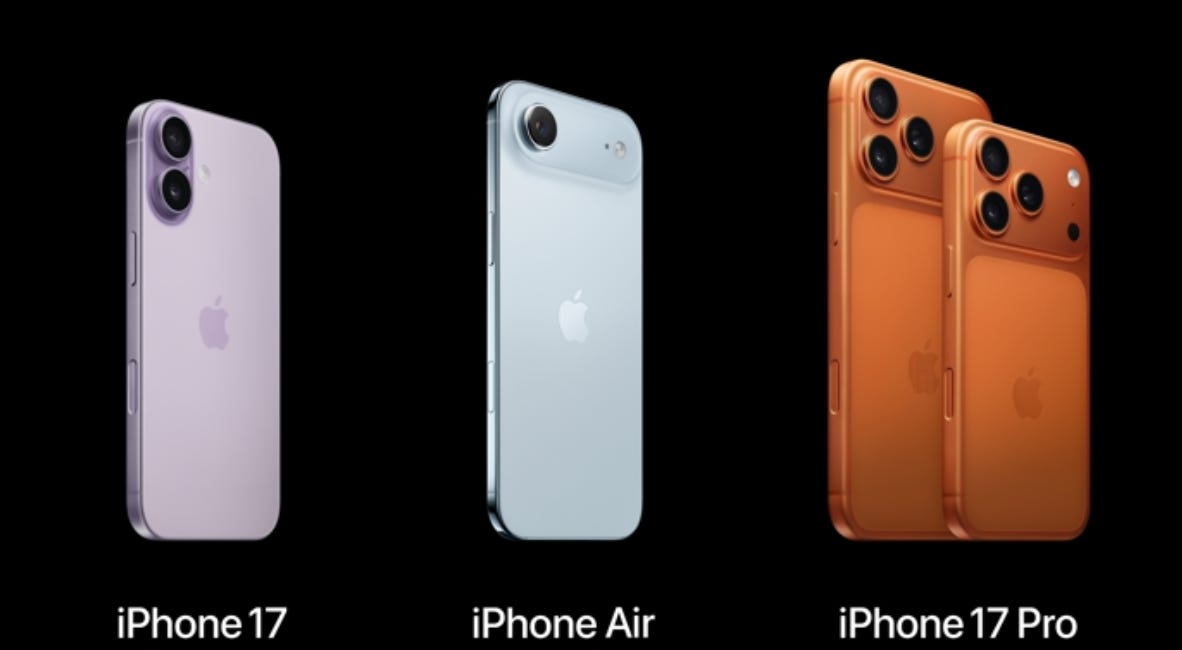
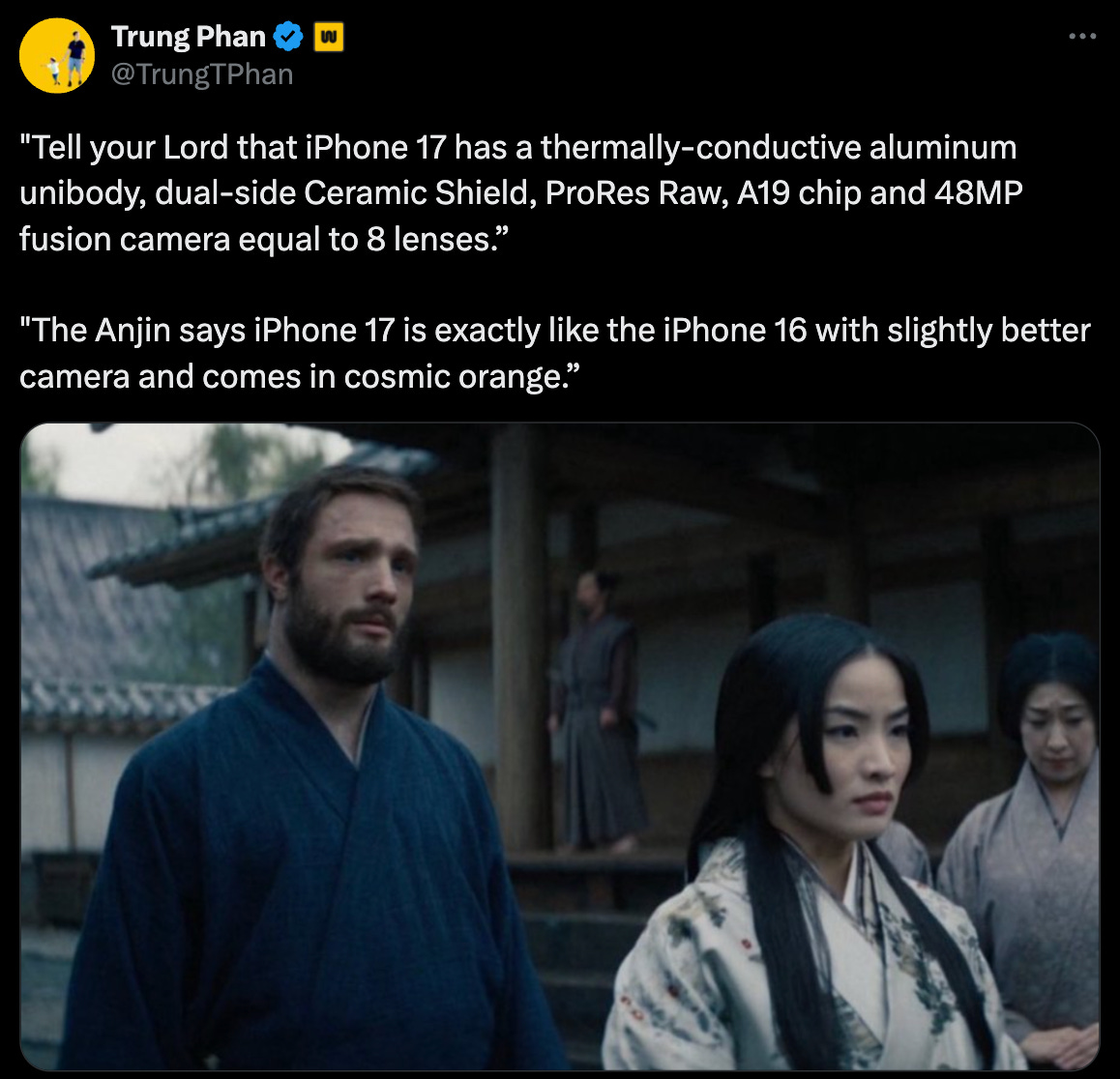
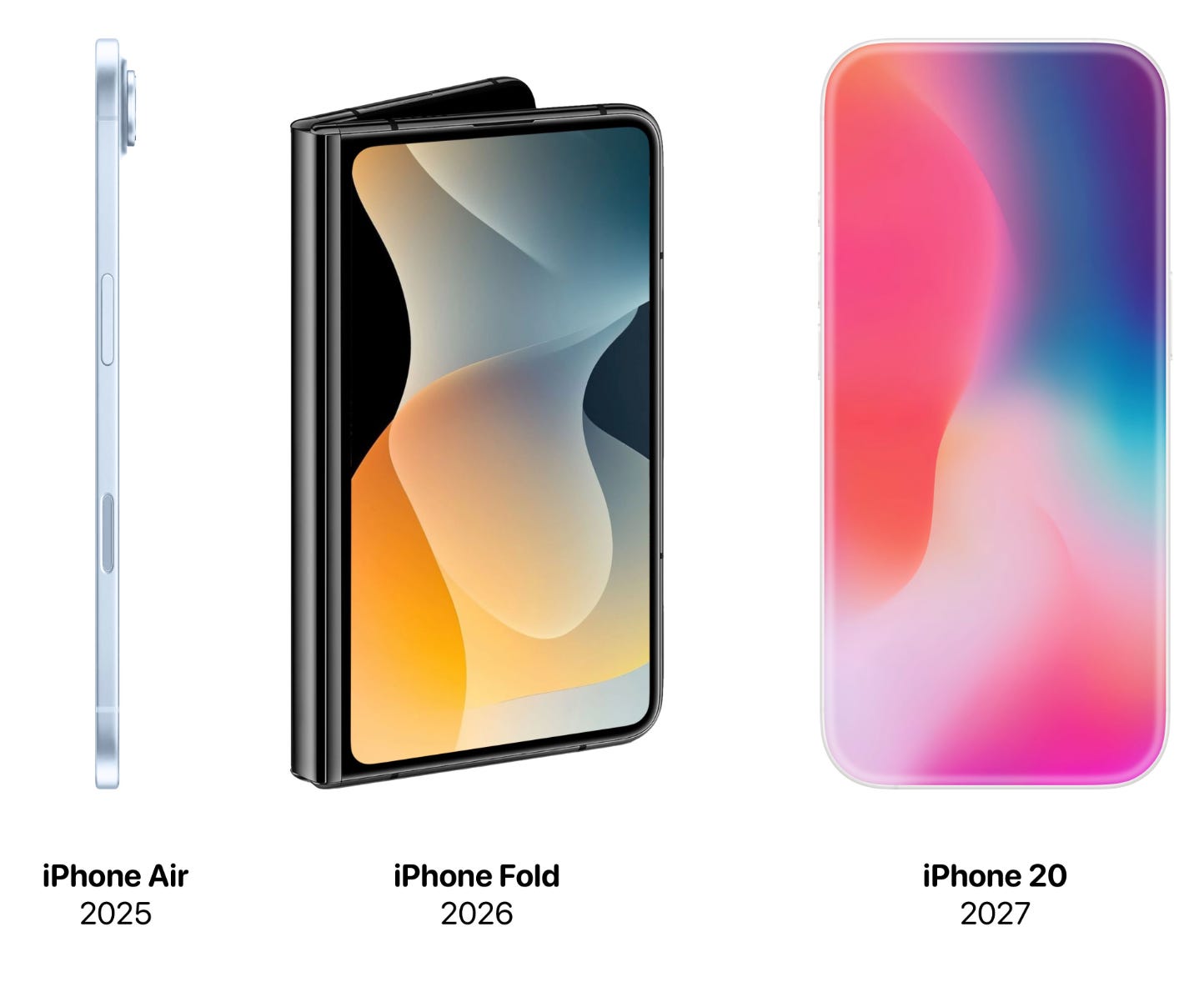

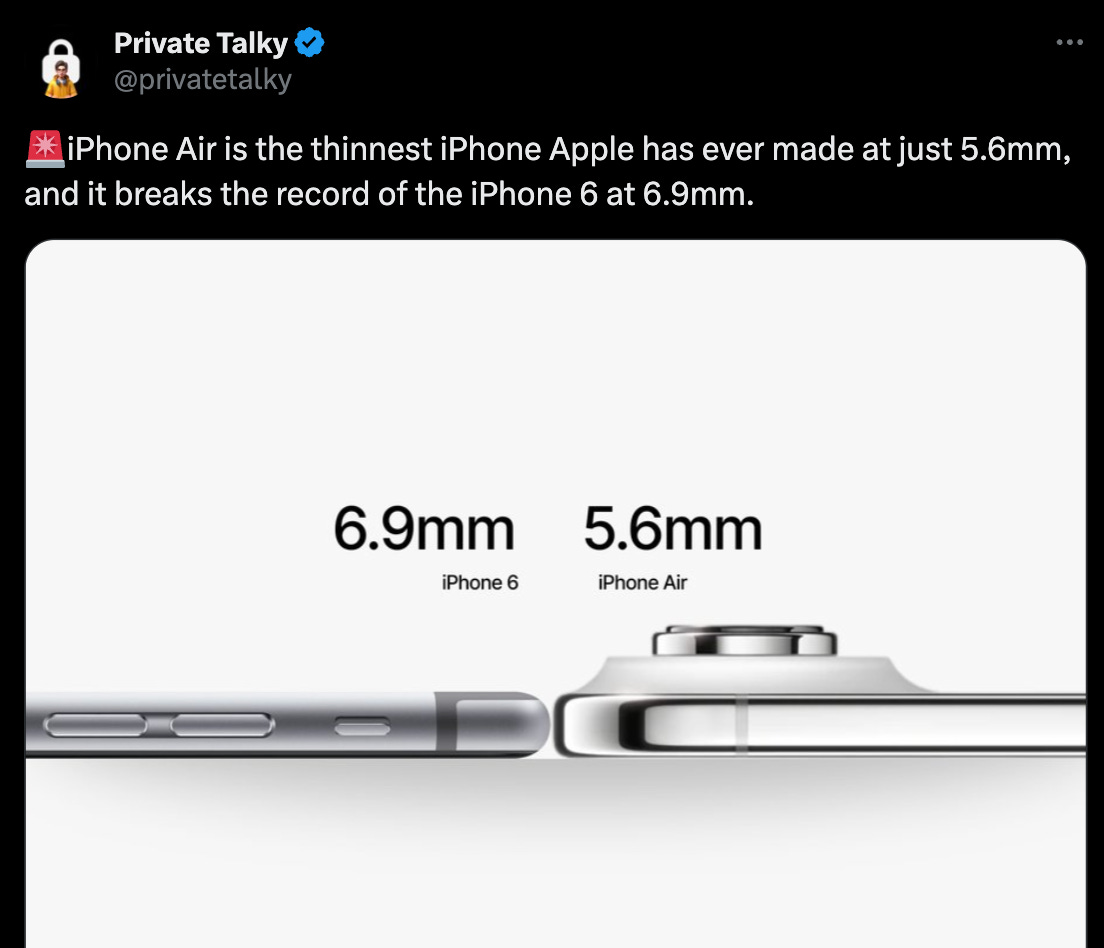
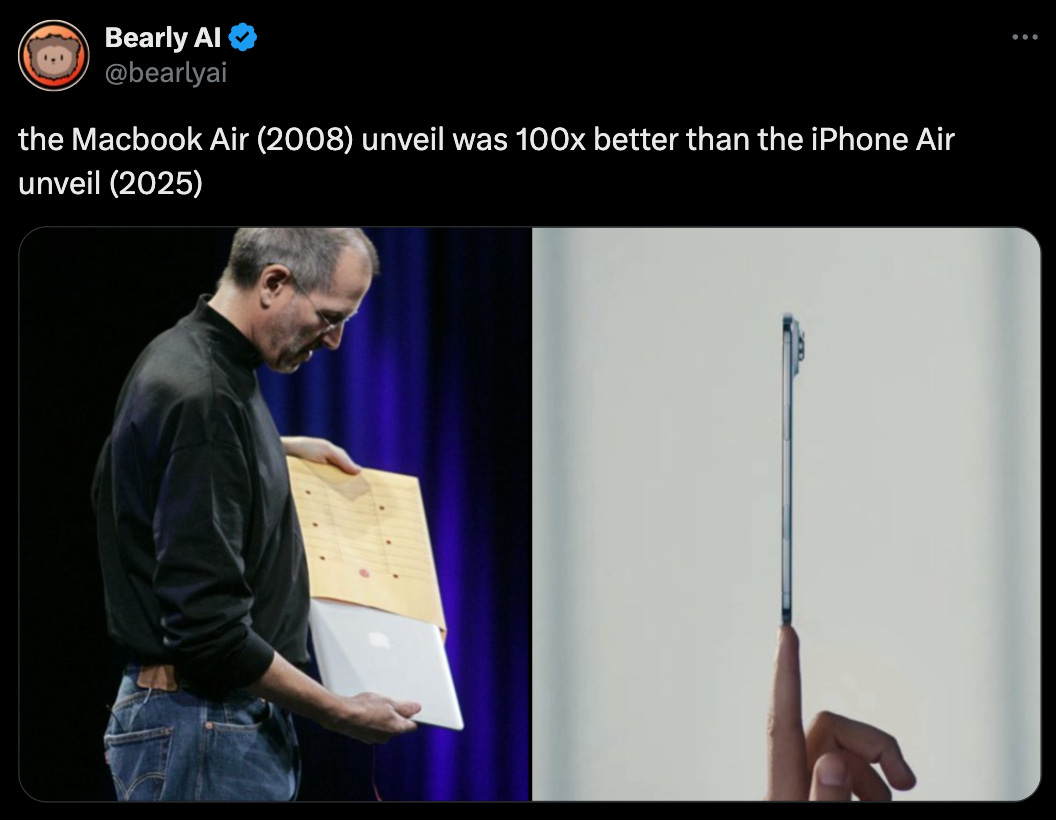





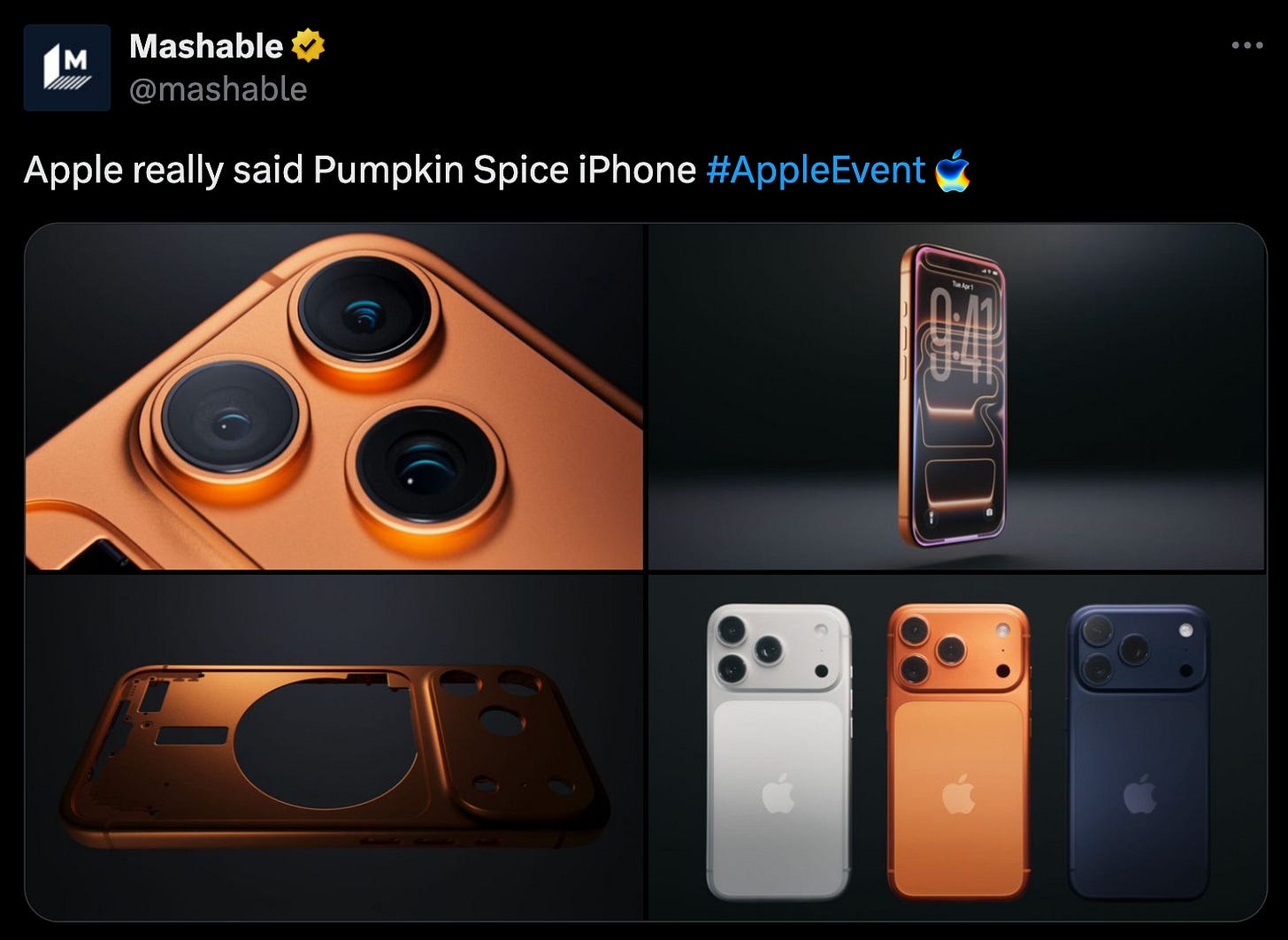
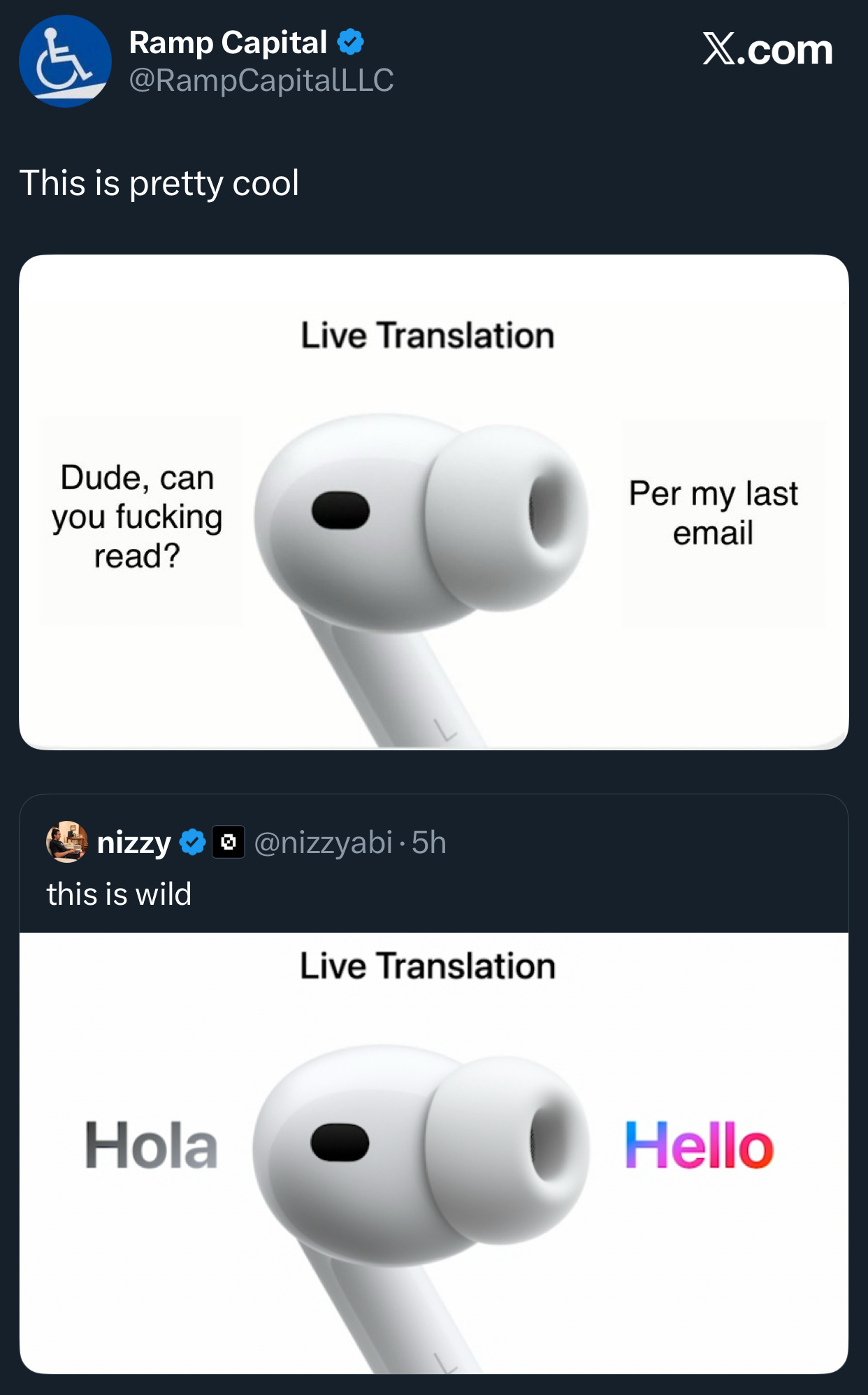
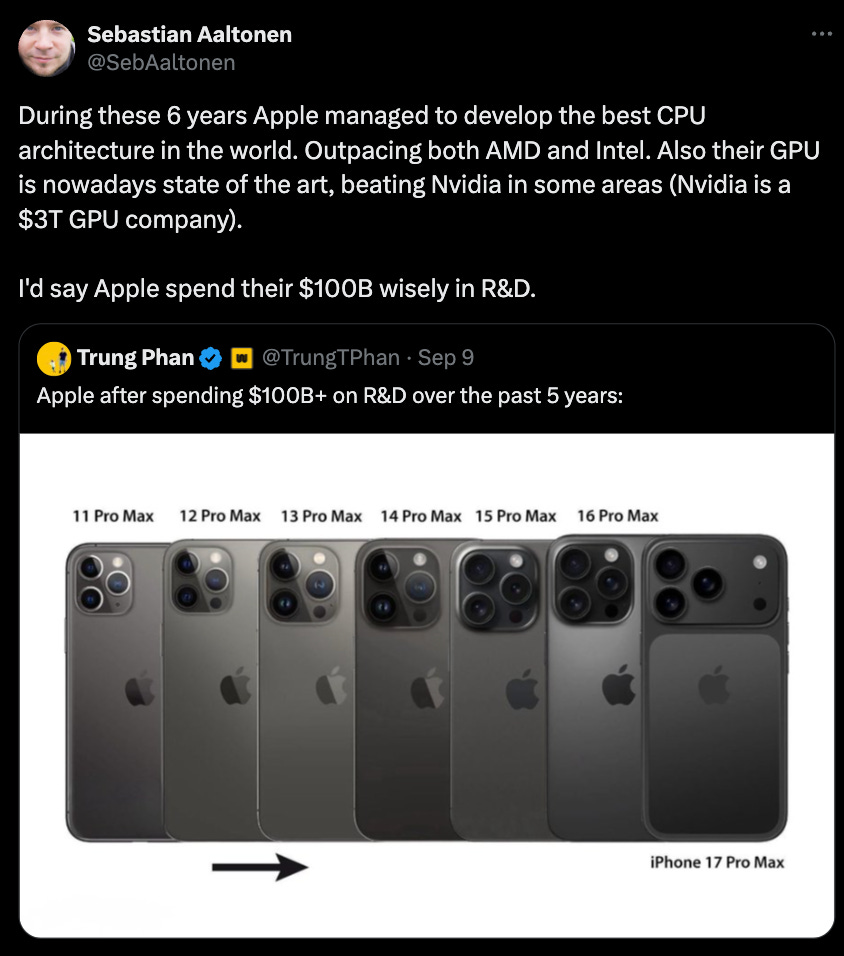
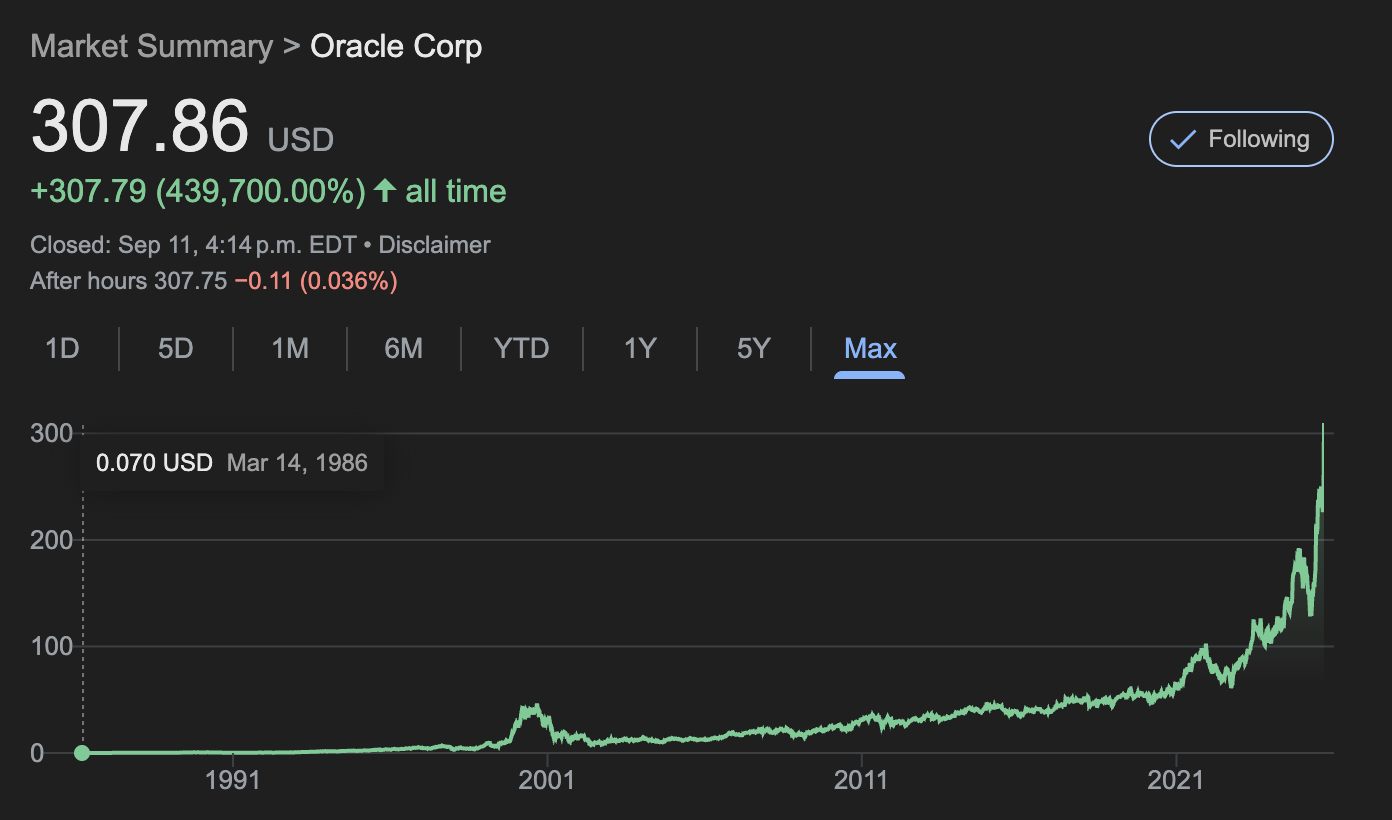
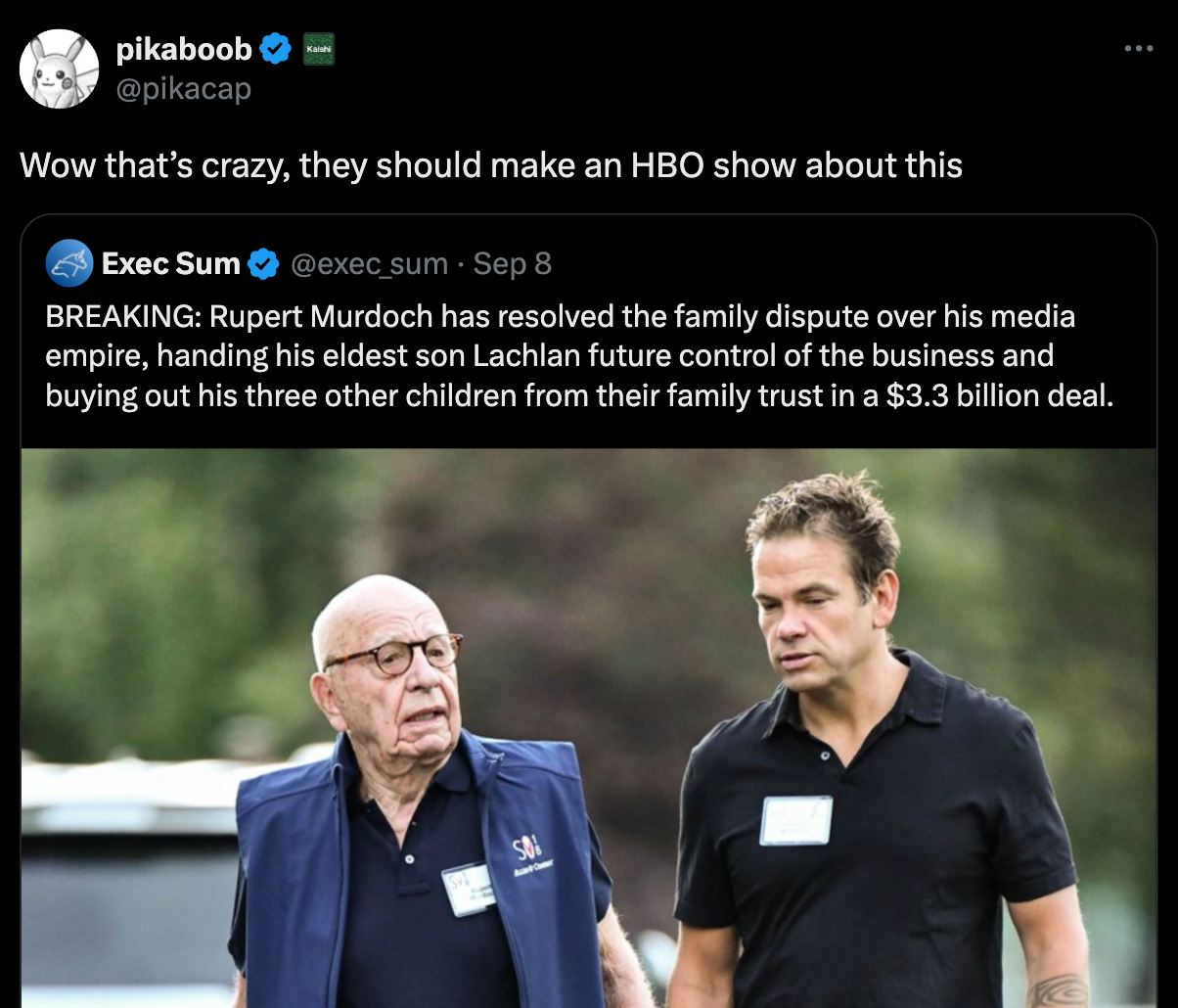
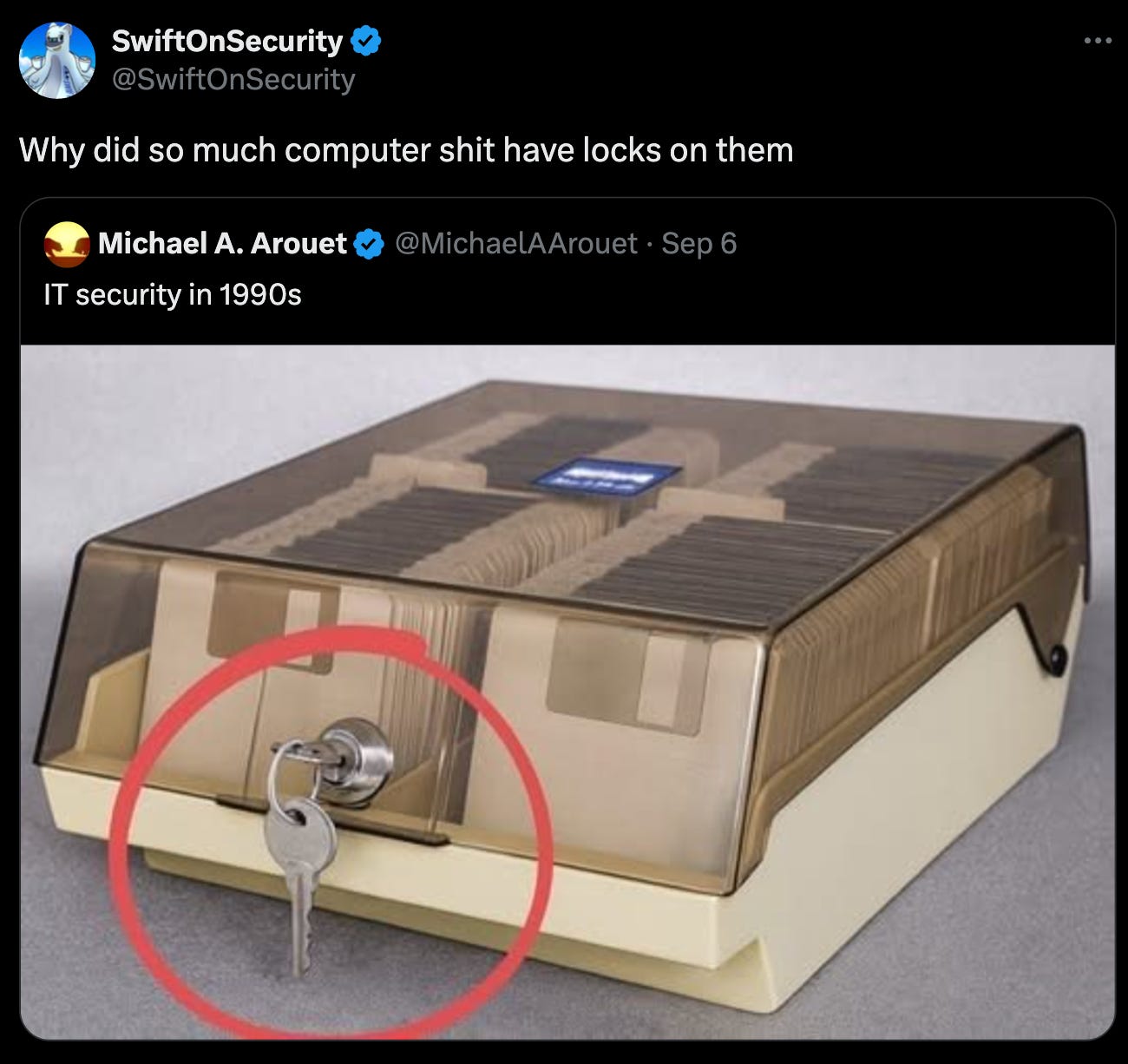


Your memes are wild haha. Great post anh Trung.